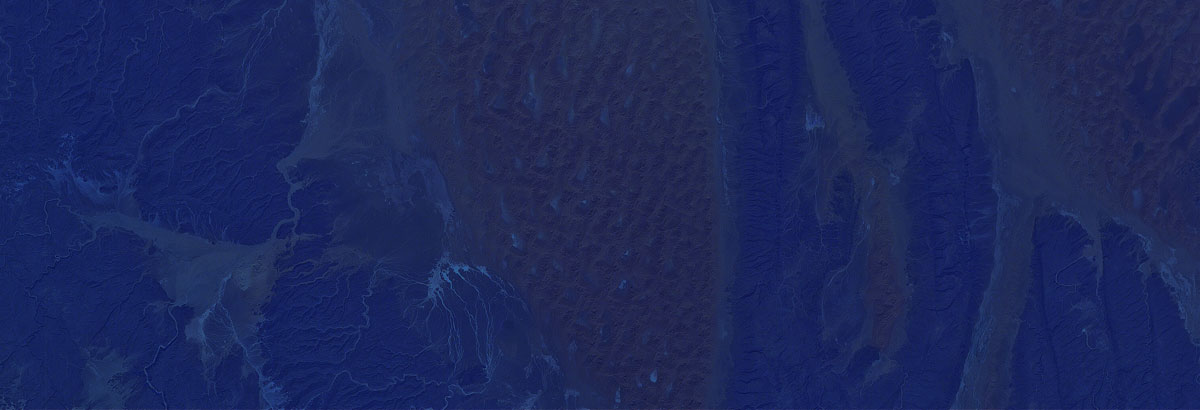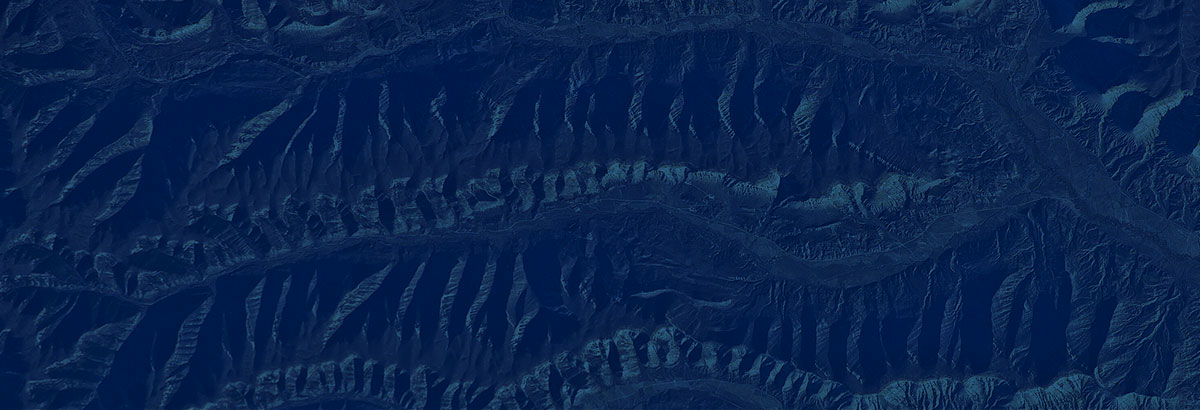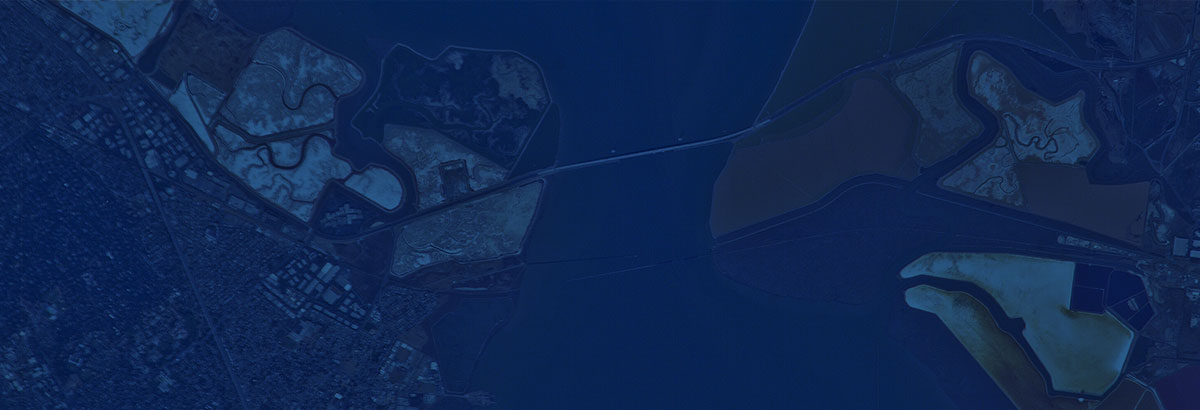Asteroid Institute | Launch of Precovery Service to Refine Orbits
August 1, 2023

Asteroid Institute is one step closer to creating a reliable and accurate asteroid discovery platform with the development of ADAM::Precovery, a tool to refine asteroid orbits. For both new and old discoveries, orbit refinement (improving the orbital fit by adding new observations) can help us pin down where the object is, understand how its orbit will evolve, and have a clearer picture of its chance of hitting the earth. Additional observations are often found by costly follow-up campaigns on large telescopes, or specialized personnel who will search through multiple astronomical surveys. For people who don’t have access to those resources and for objects that are no longer within range of telescopes, Asteroid Institute’s new service ADAM::Precovery can help to fill the gap.
‘Precovery’ is the process of searching for observations of an object, after it has been discovered, that might have been missed. Because asteroids are typically only found by using multiple observations within the same night, many pictures of asteroids are captured without being able to link them to any object. Precovery can go back and find these observations, even in datasets not originally made for asteroid discovery.

ADAM::Precovery sends survey cutouts should the algorithm discover new images of the moving object.
Credit: B612 Asteroid Institute
Though the concept of precovery isn’t new, it has traditionally been a very manual process, with people even finding and scanning photographic plates by hand. Our ADAM::Precovery service allows the process to become seamless and accessible for all—while operating at scale. By first pre-processing the point source catalogs into our universal data format with observations grouped by healpixel, our precovery algorithm is able to quickly find and retrieve the relevant observational data to compare against the orbit. Running in Kubernetes on Google Cloud, it can scale up to handle thousands of orbits in a matter of hours.
Orbit refinement is especially important for NEOs that have a chance of hitting the earth, where a small difference in time or position can have a big impact (literally!). One of the major uses of our tool is scanning and searching for precovery observations of the most dangerous asteroids, using JPL’s Sentry and ESA’s Risk List. These lists are compiled by ESA and JPL to include all asteroids with a reasonable possibility of hitting the earth. ADAM ingests these lists on a nightly basis, runs them through our ADAM::Precovery service to look for new observations, then feeds those to our review app for human vetting. In total, Asteroid Institute has already added 57 observations of 28 risk list objects to the Minor Planet Center, with many more in the pipeline.
Precovery is also an integral part of the Trackletless Helicentric Orbit Recovery (THOR) discovery algorithm. This algorithm is able to detect asteroids without the traditional ‘four observations a night’ tracklet-based constraints. Like precovery, it searches in archival data and can return orbits with just a small number of singleton observations. By running precovery, refitting the orbit, then expanding the search, we’re able to greatly improve these initially uncertain orbits, as well as better reject false linkages. As we prepare to run THOR on the entire NSC dataset, having a service as fast and scalable as ADAM::Precovery is necessary to complete that effort in a reasonable time frame, bringing what might take years with a brute-force precovery algorithm down to months.
In a great demonstration of these capabilities, ADAM::Precovery was recently used to look for new observations of the Potentially Hazardous Asteroid (defined as any asteroid that comes within 0.05 AU of the Earth) 2022 SF289, found by the University of Washington. In just a few minutes after finding out about the discovery, the Asteroid Institute team used our precovery tool to find 8 additional observations, demonstrating the utility of a service as fast and responsive as ADAM::Precovery. Dr. Zeljko Ivezic, Director of the Rubin Observatory, likened the service to “Googling the imaged sky”, saying: “What blew our Solar System team away was the ease and speed with which ADAM::Precovery could do this. Previously, such a comprehensive, multi-survey, search would require days of manual work; with ADAM::Precovery we had the answer in minutes.”
Orbit refinement will also be of vital importance in planning for asteroid missions, where the orbit of the asteroid needs to be known precisely, both for target selection and eventual mission planning. According to Lauri Siltala, an Asteroid Characterization Specialist working at Karman+, “Many Near Earth Asteroids on the list of targets for our space missions have poorly known orbits, which is challenging for mission design. Precovery improves these, increasing the number of feasible mission targets.” Working with Karman+, ADAM::Precovery has already been instrumental in finding precovery observations of candidate mission targets, enhancing our understanding of their orbits, and expanding the possibilities for future space missions.
A demo of this service is available at https://b612.ai/platform/precovery. Just input an orbit in cometary, keplerian, or cartesian coordinates (or search for your favorite asteroid in the handy look-up tool!), then click ‘submit’. The Precovery service will find all the observations matching that orbit in the NOIRLab Source Catalog (NSC), and Zwicky Transient Facility (ZTF).
To learn more about Asteroid Institute, ADAM::Precovery, and more of our future technologies, click here.
To see how to use ADAM::Precovery, click here.
Read the official press release here.
 Kathleen (Kat) Kiker is part of the ADAM software engineering team, focusing on orbital determination. Her prior research focused on black hole formation, binary stars, and a number of large-scale physics simulations. She is skilled in a range of programming, modeling, and graphing tools to solve physics problems. Kat earned a bachelor’s degree with honors in physics from the New College of Florida, and a master’s degree in physics from George Mason University.
Kathleen (Kat) Kiker is part of the ADAM software engineering team, focusing on orbital determination. Her prior research focused on black hole formation, binary stars, and a number of large-scale physics simulations. She is skilled in a range of programming, modeling, and graphing tools to solve physics problems. Kat earned a bachelor’s degree with honors in physics from the New College of Florida, and a master’s degree in physics from George Mason University.















